
Positive studio portrait of crazy young hipster couple having fun together, showing peace gesture laughing and screaming, wearing stylish casual hoodie and T-shirt, family and friends picture.
Have you ever lived through a moment so great, so visually powerful, that you could hardly glance away? That’s what a true spectacle accomplishes. It captures your feelings, controls engagement, and remains with you long after it’s over. Whether it’s a spectacular fireworks show, a historic train, or a stadium-sized show, spectacles stir feelings and connect people through transmitted phenomena. These circumstances are carefully designed, combining light, sound, scale, and fishing to develop an account. It’s not just what you see—it’s how you handle it during and afterward. That emotional connection makes a spectacle unique.
In this article, I explained all the information about the Spectacle.
Planning Is the Heart of Every Spectacle
A mighty spectacle doesn’t occur by chance—it’s the result of careful planning. Every detail, from the scene setup to the timing of results, is carefully designed to guide the audience. Organizers consider the setting, lighting, audience size, and even the weather. They build a schedule to ensure that everything happens at the right moment, creating the ideal flow. It’s this kind of coordination that makes the performance feel smooth and pretty. Planning also provides safety and efficiency, making large groups enjoyable for all. When each part fits well, the full understanding evolves into more than just a show—it becomes a remembrance.
Checklist: Planning a Spectacle
- Define the event’s main message or theme
- Set a real timeline and set functions
- Choose a platform that works for your audience size
- View crowd control and security rules
- Test all equipment and backups before showtime
Emotion Drives the Power of Spectacle
Spectacles touch individuals on a deep, passionate level. From awe to joy to pride, they arouse strong emotions. A military parade may stir national pride, while a concert can produce joy and unity. These emotions help form a lasting memory, giving the event a more personal sense. It’s not just the sun or sound—it’s how those elements make people feel. When viewers are emotionally moved, they’re more likely to share their knowledge, drawing others to future events. Organizers know this and work hard to have touching moments that touch the soul. That’s what turns an ordinary show into something magical.
Checklist: Creating Emotional Impact
- Use music and sound to guide feelings
- Add storytelling elements with a human touch
- Plan quiet moments for reflection and connection
- Let visuals match and enhance the story
- Include diverse voices and perspectives
The Role of Senses in Spectacle Design
A strong spectacle activates more than one sense—it immerses the audience fully. Visuals might include lights, colors, costumes, or motion. Sound adds rhythm, tension, or calm. In some events, smells or physical sensations like heat from fire effects deepen the experience. This layered sensory design helps people stay engaged. By enabling sight, sound, and sometimes touch, a phenomenon evolves into more than something people watch—it evolves into into something they feel. It’s no surprise that events using multiple senses are more memorable. Sensory detail is often what people recall years later.
Checklist: Engaging the Senses
- Use lighting to set the mood and rhythm
- Match sound with action or visuals
- Include textures or props that the audience can feel
- Time transitions between sensory moments
- Keep balance—don’t overwhelm one sense over others
How Spectacle Builds Community and Connection
A good spectacle brings people together. Whether it’s thousands at a concert or families watching a parade, these events create shared joy. That sense of togetherness builds unity among strangers. Even virtual possibilities, if done well, can offer a transmitted feeling across the nets. Communities use spectacles for festivals, demonstrations, or memory. These points reinforce cultural uniqueness and social ties. A local festival, for instance, doesn’t just entertain—it strengthens community pride. When people witness something together, it creates a bond. These links are just as crucial as the visual effect.
Checklist: Strengthening Community with Spectacle
- Highlight local culture and traditions
- Make the event open and accessible to all
- Use themes that reflect shared values
- Encourage interaction and participation
- Document and share the event widely
Why Simplicity Wins in a Great Spectacle
While large effects grab attention, simplicity often leaves the deepest mark. A single spotlight, a slow song, or a silent march can move hearts just as strongly. A good spectacle doesn’t need to be noisy or complex—it just needs to be meaningful. Audiences remember the news more than the din. By concentrating on clear intent and emotional transparency, a simple collection usually feels more open. Transparency also produces events that are more relaxing to follow, which is essential for various audiences. A clear theme lets everyone take something unique from the background.
Checklist: Keeping It Simple and Meaningful
- Avoid overloading with effects or distractions
- Focus on a single, strong message
- Allow quiet or slow moments to settle
- Use minimal, symbolic props or visuals
- Repeat key visuals or phrases for impact

Conclusion: A Spectacle Is More Than a Show
A true horror goes beyond lights, sound, and excitement—it connects the heart and gets people concurrently. It’s a carefully crafted point that sparks feelings, awakens the senses, and creates bonds among foreigners. Whether simple or grand, what makes a spectacle stand out is its purpose and remembrance. With clever planning, emotional storytelling, and inclusive design, any occasion can become extraordinary. Great horror doesn’t just consider—it leaves a mark. That’s the real strength of a spectacle.
If you want more articles like this in the future, you should connect with TechFuture.
FAQs About Spectacles
1. What are spectacles?
Spectacles are wearable frames with lenses that help correct vision problems like nearsightedness, farsightedness, and astigmatism.
2. How do I know if I need spectacles?
If you experience frequent headaches, blurred vision, eye strain, or trouble seeing clearly at certain distances, it’s time for an eye exam.
3. How often should I get my eyes checked?
It’s recommended to have an eye test every 1-2 years, or more frequently if advised by an optometrist.
4. What types of lenses are available?
Common lens types include single vision, bifocal, progressive (multifocal), and photochromic (light-adaptive) lenses.
5. How do I clean my spectacles properly?
Use a microfiber cloth and lens cleaner. Avoid using tissues, paper towels, or household cleaners as they can scratch the lenses.
6. Can spectacles protect my eyes from screens?
Yes, you can get lenses with blue light protection to reduce digital eye strain caused by prolonged screen use.
7. Are there fashionable options for spectacles?
Absolutely! Spectacles come in a wide range of styles, materials, and colors to suit different face shapes and personal preferences.
8. What if my spectacles keep slipping or feel uncomfortable?
Visit your optician to adjust the frame for a better fit. Most adjustments are quick and often free of charge.
9. Can children wear spectacles?
Yes, children with vision problems can and should wear spectacles as prescribed by an eye care professional.
10. How long do spectacles usually last?
With proper care, most spectacles can last 1-3 years. However, your prescription may change before then, requiring new lenses.

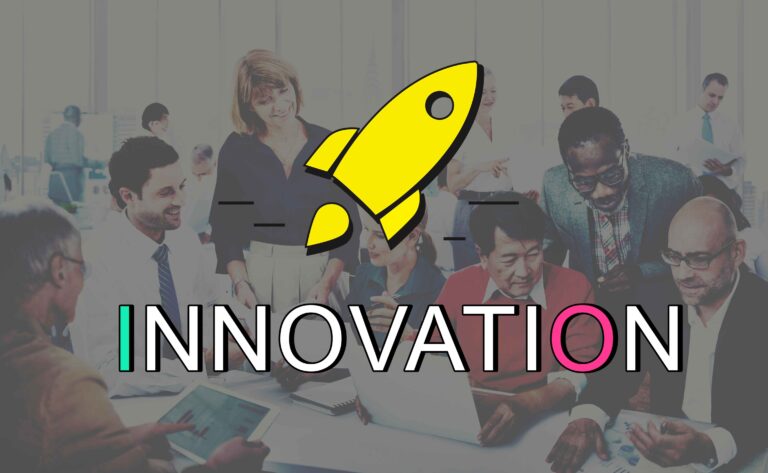

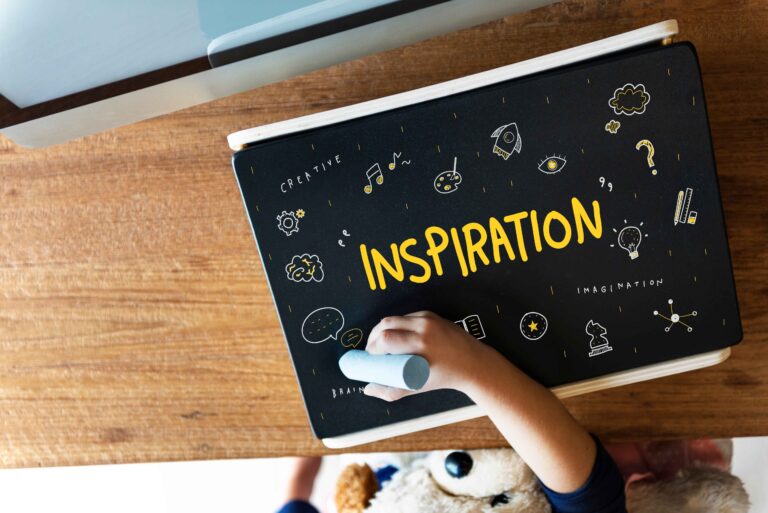

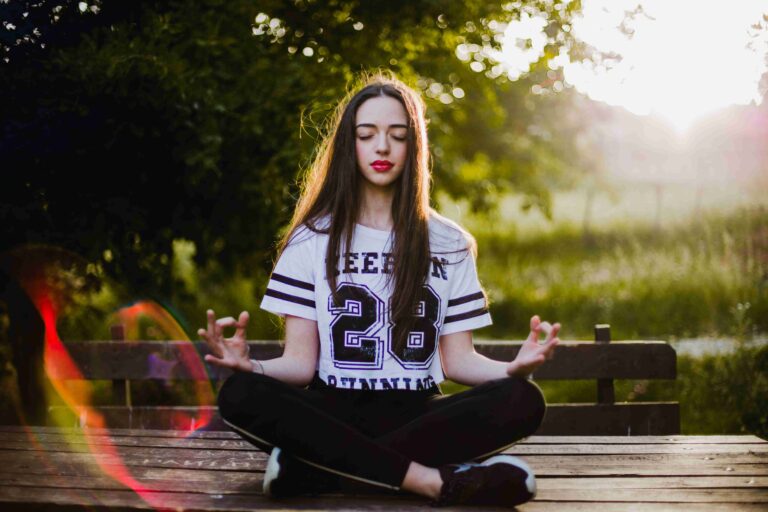
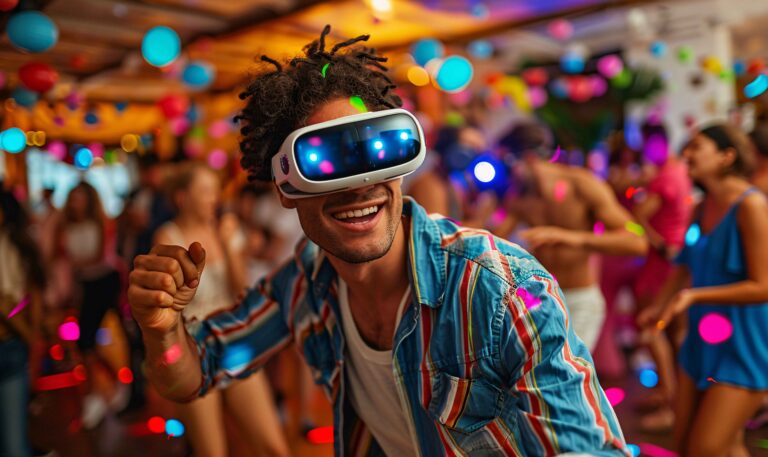
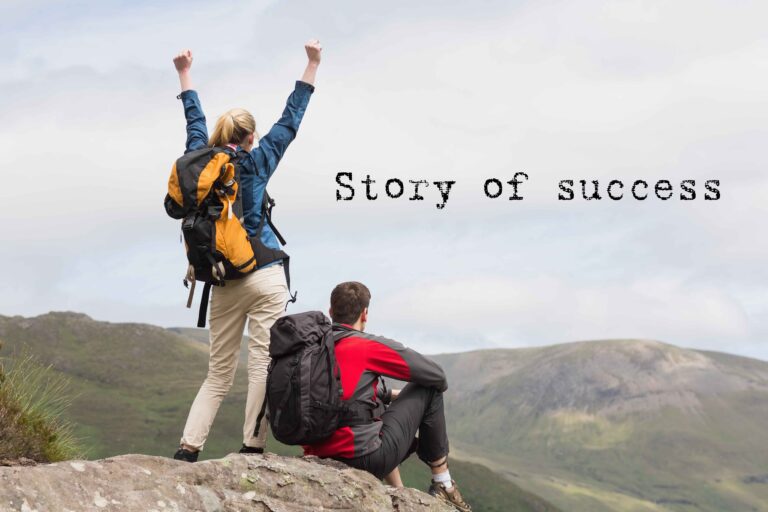
2 thoughts on “What Makes a Spectacle Truly Unforgettable (2025)”